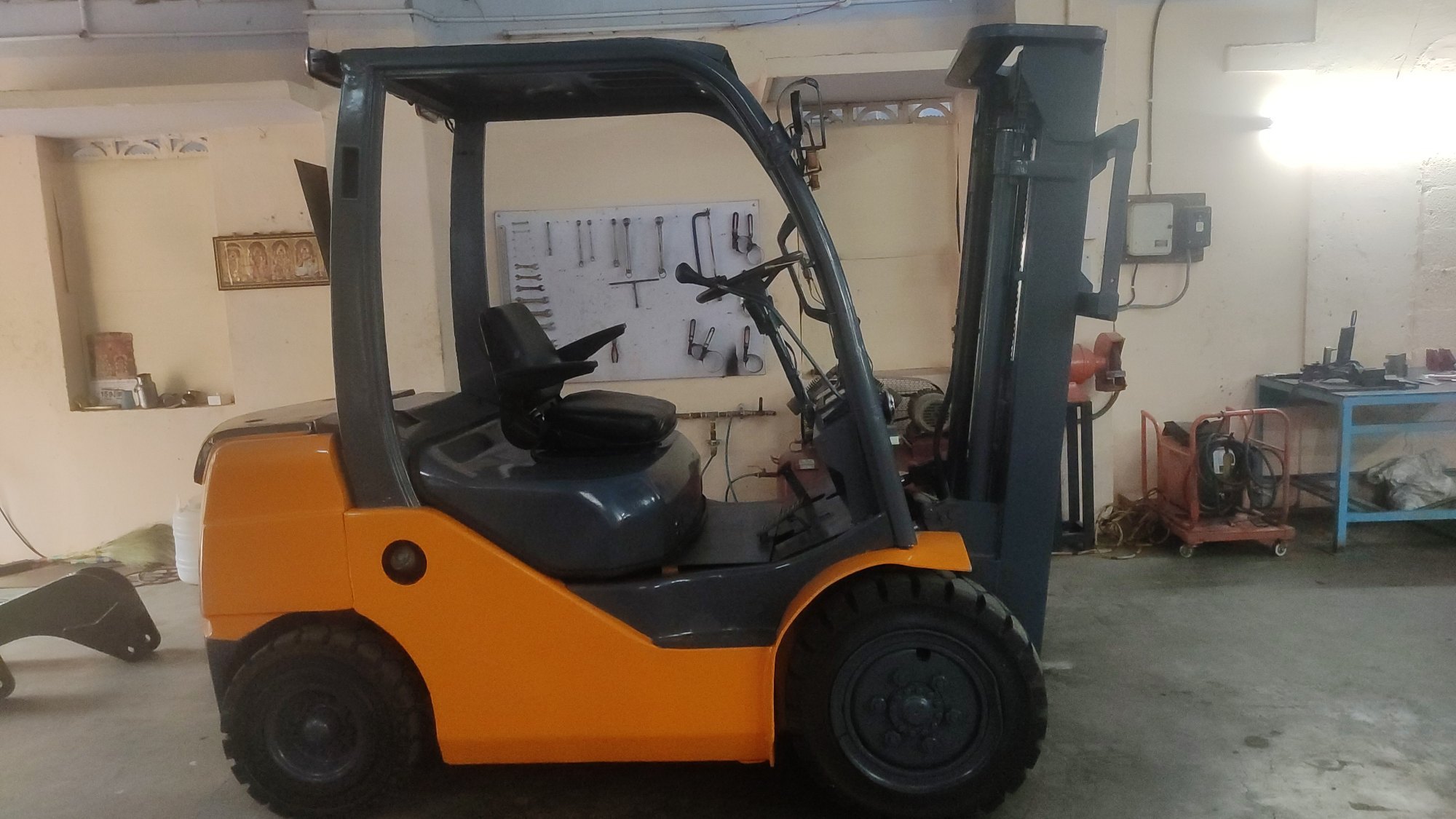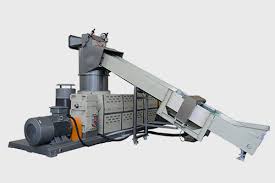How to Properly Inspect a Used Forklifts Before Making a Purchase
Forklifts are essential pieces of equipment in many industries, from warehouses and distribution centers to construction sites and manufacturing facilities. Purchasing a Second Hand Forklifts can be a cost-effective option, but it’s crucial to ensure that the equipment is in good condition to avoid costly repairs and downtime. In this article, we’ll outline the steps to properly inspect a used forklift before making a purchase.
Why Inspect a Used Forklift?
Inspecting a used forklift is crucial for several reasons:
- Safety: A faulty forklift can pose serious safety hazards to operators and those working around it. Regular inspections help ensure that the forklift is in safe working condition.
- Operational Efficiency: An inspection can uncover issues that might affect the forklift’s performance and productivity. Addressing these issues before purchase can save time and money.
- Cost Savings: Identifying problems during the inspection allows you to negotiate a fair price with the seller or avoid purchasing a forklift that requires extensive repairs.
- Compliance: Depending on your location, there may be regulations and safety standards that require forklifts to undergo regular inspections. Buying a forklift that has been well-maintained makes compliance easier.
Pre-Inspection Preparation
Before you even visit a potential seller, do your homework:
- Know Your Needs: Determine the type and capacity of forklift you require, as well as any specific features or attachments.
- Set a Budget: Establish a clear budget for the purchase, including allowances for potential repairs or upgrades.
- Research the Seller: Look for reputable dealers or sellers with a track record of selling well-maintained equipment. Check online reviews and ask for references if necessary.
The Inspection Process
When you’re ready to inspect a used forklift, follow these steps:
1. Visual Inspection
Begin with a thorough visual examination of the forklift. Look for:
- Overall Condition: Assess the forklift’s appearance. Rust, dents, and visible damage may indicate neglect or misuse.
- Tires: Check the condition of the tires for wear and damage. Worn-out tires can be costly to replace.
- Fluid Leaks: Look for any signs of fluid leaks, including oil, hydraulic fluid, or coolant. Leaks could signal a problem with the forklift’s vital systems.
- Frame and Forks: Examine the frame and forks for cracks, bends, or other structural damage. These components are critical to safe and efficient operation.
2. Operating Inspection
Next, conduct an operating inspection to assess the forklift’s performance:
- Engine: Start the engine and listen for unusual noises or vibrations. Check for excessive smoke from the exhaust, which may indicate engine problems.
- Hydraulics: Operate the lifting mechanism to ensure it raises and lowers smoothly and without jerking. Pay attention to any unusual noises or leaks from the hydraulic system.
- Brakes: Test the brakes in a controlled environment. Ensure the forklift comes to a complete stop without pulling to one side or making unusual sounds.
- Steering: Check the steering for responsiveness and smooth operation. Any difficulty or stiffness in steering could indicate issues.
- Controls: Test all controls, including the horn, lights, and safety features, such as the seatbelt and backup alarm.
3. Maintenance Records
Ask the seller for maintenance and repair records. A well-documented history of regular maintenance is a positive sign that the forklift has been cared for properly.
4. Get a Professional Inspection
Consider hiring a certified forklift technician to perform a comprehensive inspection. They can identify hidden issues and provide an expert opinion on the forklift’s condition.
5. Test Drive
If possible, take the forklift for a test drive to assess its maneuverability and overall performance. Pay attention to how it handles different loads.
6. Negotiate Price
Use the information gathered during the inspection to negotiate the price with the seller. If you’ve identified any issues, discuss whether the seller is willing to make necessary repairs or lower the asking price accordingly.
Final Thoughts
Inspecting a used forklift thoroughly before purchase is a wise investment of time and effort. It ensures that you get a reliable piece of equipment that meets your needs and doesn’t turn into a financial burden due to unexpected repairs. By following these steps and being diligent in your inspection, you can make a well-informed decision when buying a used forklift, ultimately benefiting your business’s productivity and safety.



